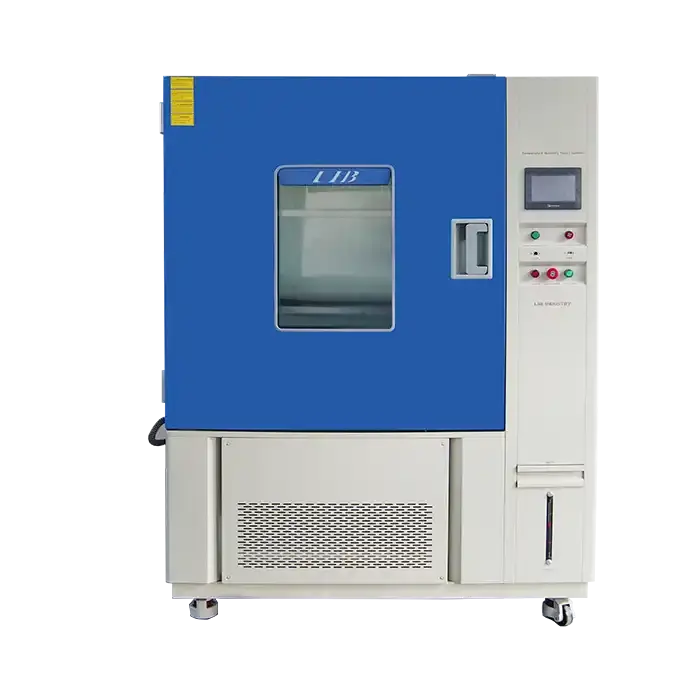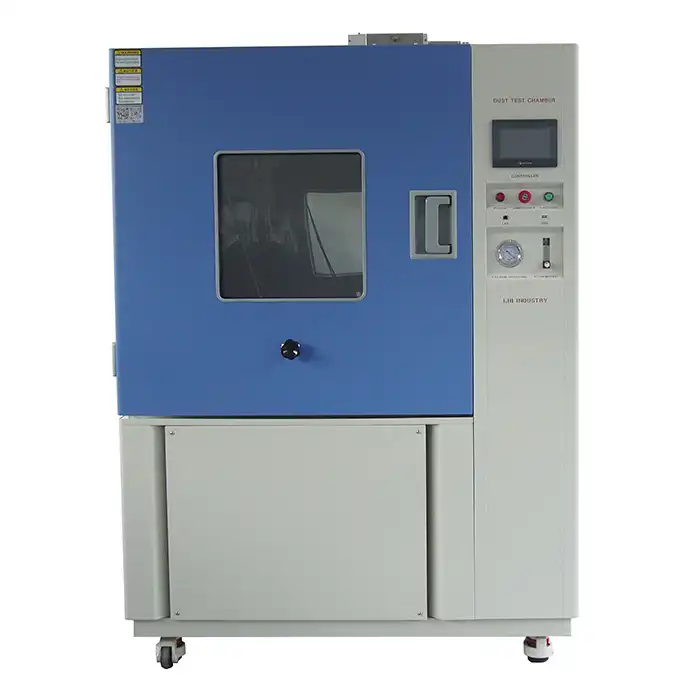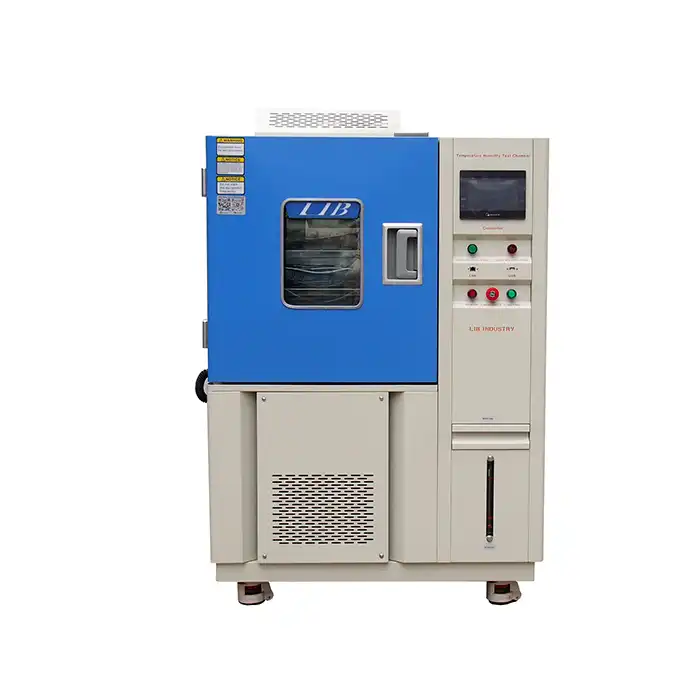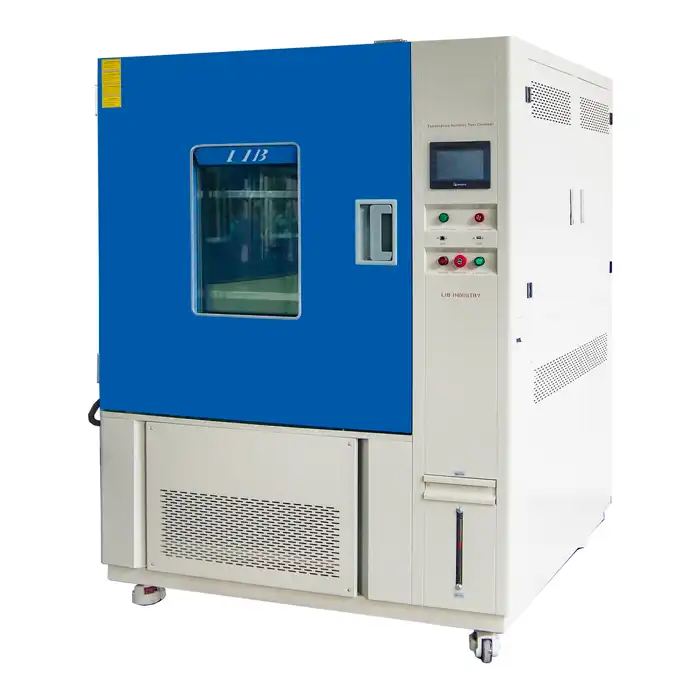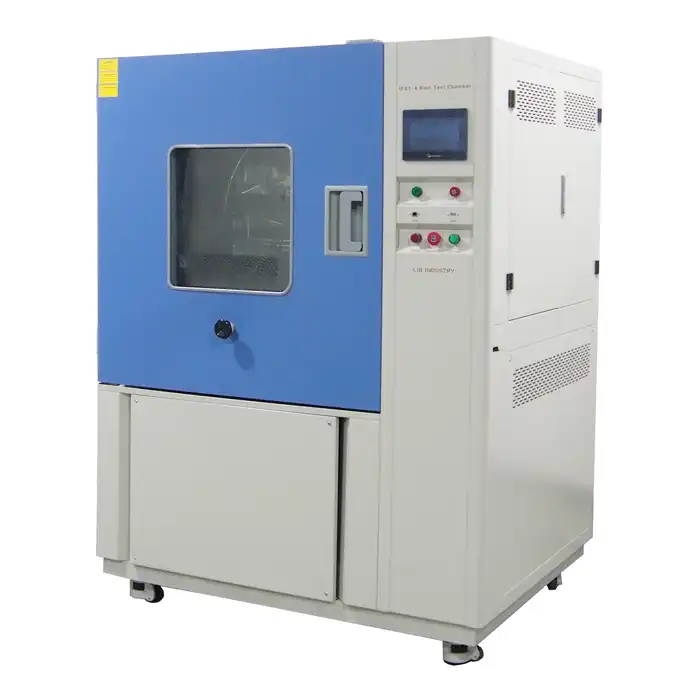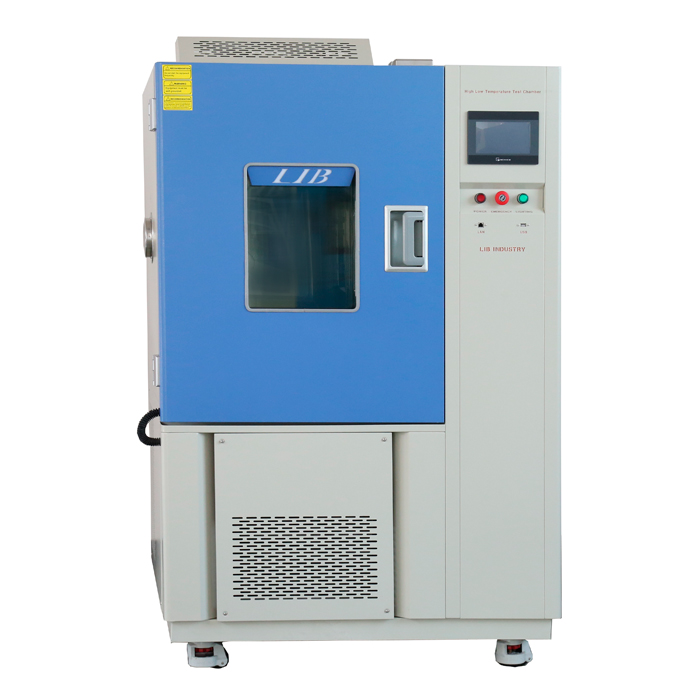What is the purpose of thermal cycling?
Thermal cycling is a crucial process in various industries, particularly in environmental testing. Understanding its purpose and the role of a thermal cycling chamber can provide insights into how products are tested for durability and reliability under extreme conditions. In this blog, we’ll explore the purpose of thermal cycling, the benefits it offers, and the applications of thermal cycling chambers in different industries.
Understanding Thermal Cycling and Its Importance
Thermal cycling is a critical testing procedure used to assess the performance, durability, and reliability of materials and products by subjecting them to repeated cycles of heating and cooling. This process is crucial because it simulates the environmental conditions that products might face throughout their lifecycle, including exposure to varying temperatures due to environmental changes or operational stresses.
What is Thermal Cycling?
Thermal cycling includes uncovering a material or item to a grouping of temperature changes, where it is on the other hand warmed and cooled by a particular temperature profile. This cycle can fluctuate as far as the scope of temperatures, the rate at which temperature changes happen, and the term of every temperature stage. The objective is to emulate certifiable temperature varieties that an item could insight in its functional climate.
Why is Thermal Cycling Important?
- Simulating Real-World Conditions: In numerous applications, items are exposed to huge temperature vacillations. Electronic devices, for instance, might be subjected to extreme heat from their internal components and cold from the outside. By repeating these circumstances in a controlled setting, makers can see how well their items endure these burdens and recognize potential disappointment focuses.
- Evaluating Material Performance: Various materials respond diversely to temperature changes. Some might grow or contract essentially, which can influence their mechanical properties and primary honesty. Thermal cycling assists in assessing how materials with performing under warm pressure, guaranteeing they meet the expected particulars and guidelines for their planned applications.
- Improving Design and Manufacturing Processes: The experiences acquired from thermal cycling tests can prompt enhancements in item plan and assembling processes. For example, if a product consistently fails during thermal cycling tests, engineers can fix the problem by changing the design, changing the materials, or changing how things are made.
The Role of Thermal Cycling Chambers
Thermal cycling chambers are specialized equipment designed to conduct thermal cycling tests with precision and consistency. These chambers are equipped to rapidly change temperatures and maintain specific conditions throughout the testing process. They are essential for accurately simulating the thermal stresses that products will face in real-world conditions.
- Precision Control: The rate of temperature change, temperature range, and cycle duration can all be controlled by thermal cycling chambers. Replicating the exact conditions that a product will encounter when used as intended requires this level of precision.
- Consistent Testing Conditions: The chambers guarantee that all test tests are presented to similar circumstances, which is significant for getting dependable and tantamount outcomes. This consistency assists in distinguishing explicit shortcomings or issues with the item or material.
- Versatility: From small electronic components to large industrial components, modern thermal cycling chambers are able to accommodate a wide variety of product sizes and types. This adaptability makes them reasonable for different enterprises and applications.
Benefits of Using Thermal Cycling Chambers
Enhanced Product Reliability
One of the primary benefits of using thermal cycling chambers is the improvement in product reliability. By identifying and addressing potential failure points during the testing phase, manufacturers can ensure that their products perform optimally under varying environmental conditions. This is particularly important for products used in critical applications, such as aerospace, automotive, and electronics industries.
Cost Savings
Investing in thermal cycling testing can lead to significant cost savings in the long run. By detecting and rectifying issues early in the development process, companies can avoid costly recalls and warranty claims. Moreover, reliable products tend to have longer lifespans, reducing the need for frequent replacements and repairs.
Compliance with Industry Standards
Many industries have stringent standards and regulations that products must meet before they can be released to the market. Thermal cycling chambers help ensure that products comply with these standards by rigorously testing their performance under extreme conditions. This not only facilitates regulatory approval but also enhances the brand's reputation for quality and reliability.
Applications of Thermal Cycling Chambers
Thermal cycling chambers are used across a wide range of industries, each with unique requirements and challenges. Here are a few notable applications:
Electronics and Semiconductor Testing
In the electronics industry, thermal cycling is vital for ensuring the reliability of components such as integrated circuits, printed circuit boards, and connectors. These components often operate in environments with significant temperature variations, and thermal cycling helps identify potential failure points, ensuring long-term performance and reliability.
Automotive Industry
The automotive sector relies heavily on thermal cycling chambers to test various components, including engines, transmissions, and electronic systems. These components must withstand extreme temperatures during operation, and thermal cycling helps validate their durability and performance under such conditions. This testing is crucial for ensuring vehicle safety and reliability.
Aerospace and Defense
Products used in aerospace and defense applications are subjected to some of the harshest environments, including extreme temperatures and rapid temperature changes. Thermal cycling chambers play a critical role in testing the resilience of materials and components used in aircraft, spacecraft, and defense systems. Ensuring the reliability of these products is vital for mission success and safety.
Conclusion
Thermal cycling is an indispensable process in environmental testing, ensuring the durability and reliability of products across various industries. Buy thermal cycling chamber, it can help manufacturers identify and address potential weaknesses by simulating real-world conditions, thereby improving product performance and customer satisfaction. From electronics and automotive to aerospace and defense, the applications of thermal cycling chambers are vast and varied, highlighting their importance in modern manufacturing and quality assurance processes.
LIB Industry specialize in providing turnkey solutions for environmental testing, including high-quality Thermal Cycling Chambers tailored to your specific needs. Our expertise in research, design, production, and training ensures that you receive the best products and services to meet your testing requirements. Contact us at info@libtestchamber.com to learn more about our solutions and how we can help you achieve superior product quality and reliability.
References
1. S. H. Lee, "Thermal Cycling Testing of Electronics: Methods and Applications," Journal of Electronic Materials, vol. 44, no. 12, pp. 4723-4731, 2015.
2. J. P. Van Doren, "A Comprehensive Guide to Environmental Testing: Thermal Cycling and Beyond," Materials Testing Journal, vol. 56, no. 3, pp. 221-230, 2017.
3. A. M. Hossain and T. R. Williams, "The Role of Thermal Cycling Chambers in Aerospace Testing," Aerospace Science and Technology, vol. 72, pp. 304-310, 2018.
4. H. Chen et al., "Thermal Cycling Effects on Automotive Components: A Case Study," Automotive Engineering Journal, vol. 39, no. 6, pp. 563-570, 2019.
5. P. L. Thompson, "Evaluating Material Durability through Thermal Cycling: A Practical Approach," International Journal of Materials Science, vol. 29, no. 4, pp. 189-198, 2020.



